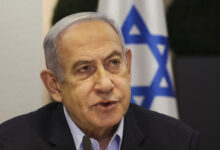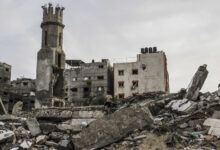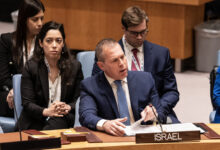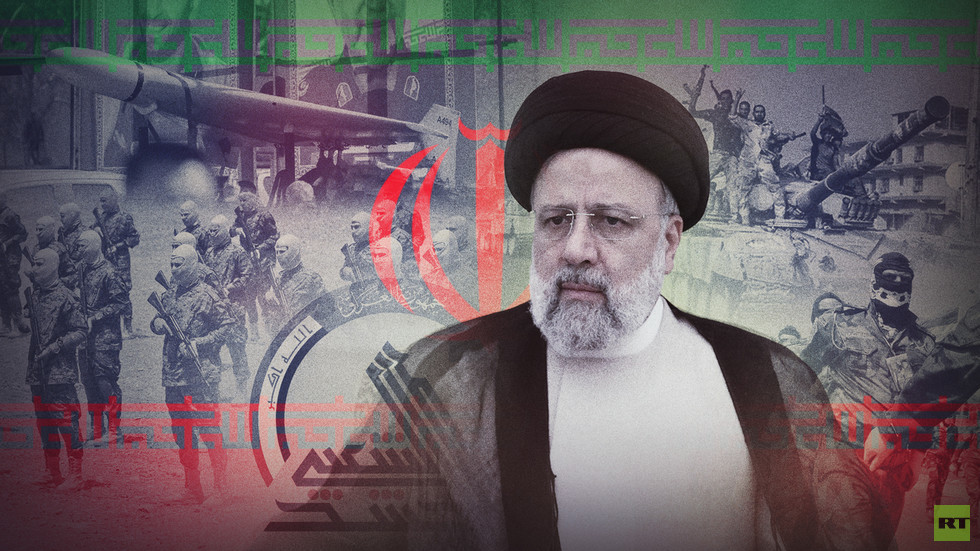
What resources will Tehran be able to use in response to the attack on its consulate in Syria?

© RT / RT
On Monday, the Israeli Air Force struck a building near the Iranian embassy in the Syrian capital. As a result of the attack, the consulate building was destroyed and the commanders of the Iranian Islamic Revolutionary Guard Corps (IRGC) unit, Generals Mohammad Reza Zahedi and Mohammad Hadi Haji Rahimi, were killed.
President Ebrahim Raisi has already warned that “this unfair crime won’t go unanswered.”
“Zionists must know that they will never achieve their sinister goals with such inhumane actions and, day by day, the resistance front and the disgust and hatred of free nations against their illegitimate nature are being strengthened, and this cowardly crime will also not go unanswered,” he said.
What the answer will be is still unknown. However, in recent years, Tehran has managed to become a full-fledged superpower in the region, with support in many countries in the Middle East.
Shadow of Iran
The escalation of the conflict in Gaza, which started with the Hamas-led invasion of Israel last October (“Operation Al-Aqsa Flood”) and the Israel Defense Forces’ (IDF) subsequent military operation that claimed tens of thousands of lives, gave rise to much speculation about the weakness and short-sightedness of the Israeli leadership and the exceptional military training of Israel’s opponents. And it’s not just Hamas that we’re talking about, but Iran.
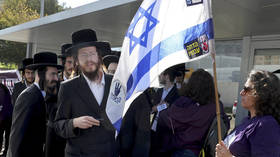
Read more
Iran was immediately accused of being involved in the Hamas attack. The WSJ reported that Iran had trained the Palestinians and instructed them on how to break through the Israeli border.
Moreover, it was said that Tehran had green-lighted the attack. The detailed coordination of the operation allegedly took place during a meeting between senior members of Hamas, Hezbollah, and two other Iran-backed militant groups in Beirut shortly before October 7. Officers of the IRGC also attended the meeting.
Later, the IRGC stated that the Hamas attack had been planned as revenge for the 2020 murder of the head of the Quds Force (part of the IRGC), General Qassem Soleimani. However, rumors about Iran’s direct involvement in the anti-Israeli operation haven’t been verified.
On November 3, 2023, the secretary general of the Lebanese movement Hezbollah, Sayyed Hasan Nasrallah, publicly stated that Iran had not been involved in operation Al-Aqsa Flood.
“The decision behind this operation was 100% Palestinian, and its implementation was 100% Palestinian. [It was launched] in order to draw the attention of the whole world to this problem. Its planners hid it from everyone, even from the movements of the Axis of Resistance,“ he said.
“Absolute secrecy is what ensured the brilliant success of the operation through the element of astonishing surprise. The Islamic Republic of Iran publicly supports the resistance movements but it does not exercise any guardianship over them [or] over their leaders.”
On the one hand, this statement made by the leader of Iran’s main proxy force in the region marked the lines which Iran was not ready to cross. On the other hand, Nasrallah reminded the world that Iran was able to confront Israel and its allies without starting World War III. In fact, the Axis of Resistance – an informal regional alliance between several Middle Eastern nations and political organizations which oppose the West and Israel and are united by Shiite ideology – was created for this very purpose.
In a way, Iran has created the world’s most successful coalition, which proved itself capable not only of restoring order in the region and fighting terrorism, but also challenging global forces.
The “Party of God” heads the resistance
After the explosion in the port of Beirut, when chaos reigned in Lebanon, I talked with one of my friends from Hezbollah. At the time, he assured me that it was largely due to the efforts of Hezbollah that the country didn’t fall into the abyss. And yes, Iranian funding had a lot to do with it. After all, Hezbollah is made up of ordinary Lebanese people who support their country’s economy. However, it would not be fair to say that Hezbollah is totally dependent on Iran and subordinate to it, since Iran has a special relationship with the countries that are part of the Axis of Resistance. However, to gain a deeper understanding, let’s start from the beginning.
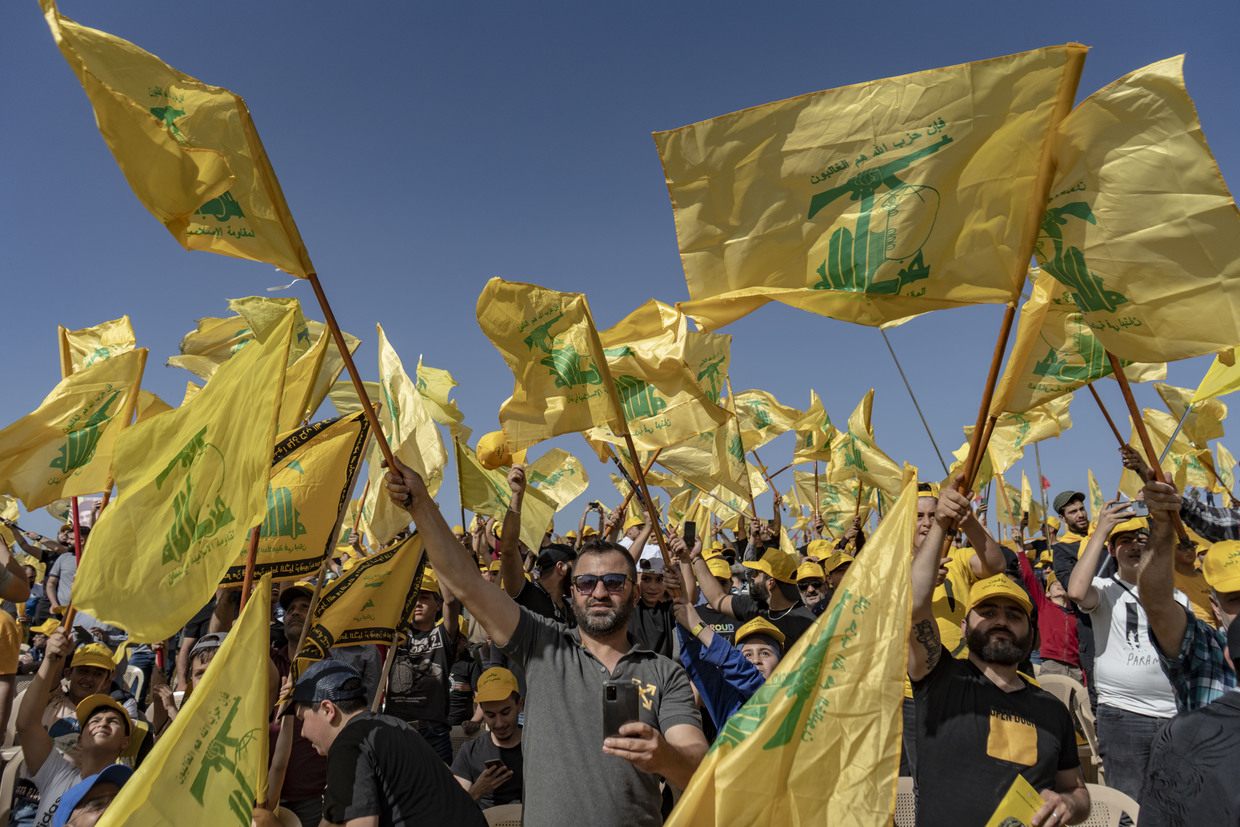
FILE PHOTO: People with Hezbollah flags at the Hezbollah Political Party Rally in Baalbek in Bekaa Valley, Lebanon. © Francesca Volpi / Getty Images
The roots of Hezbollah go back to the early 1960s, when a clerical movement arose in Lebanon that wanted to revive the key principles of Islam. The idea was proposed by several Muslim theologians who had just returned from Najaf, Iraq, where they had been studying in Shia seminaries. Two of these people are particularly noteworthy.
The first is Imam Musa al-Sadr, who was educated in Qom, Iran. He embarked on his political journey in the Lebanese city of Tyre, but his activities soon spread throughout the country. Al-Sadr was very popular, he often spoke at various mass cultural and educational events and surrounded himself with prominent intellectuals from various backgrounds. In 1967, he created the Supreme Islamic Shia Council (SISC), an official religious institution that supported the Shiite community. Many politicians, even those who shared Sadr’s faith, disapproved of this. Nonetheless, al-Sadr continued his political activities. He founded the Movement of the Oppressed and a military group to fight against Israel, called the Lebanese Resistance Regiments (the Amal Movement). In all his sermons, the Imam called for war with Israel. Eventually, Al-Sadr was abducted in Libya, where he came at the invitation of President Muammar Gaddafi on August 31, 1978. His fate remains unknown.

Read more
The Imam’s work continues
Modern-day Hezbollah is associated with the name of another Muslim theologian, Ayatollah Muhammad Husayn Fadlallah. This prominent Shiite scholar built a cultural center that included a mosque and a religious school in east Beirut. After moving to the southern suburbs of the city, he led prayers at the Imam al-Rida Mosque and became involved in politics, drawing on the experience of the 1979 Islamic Revolution in Iran. Fadlallah founded the Association of Charitable Organizations, which united many educational, religious, and social institutions. This organization played an important role in the further development of Hezbollah, and Fadlallah himself has been called its leader, although he claimed that this was not true. Gradually, the organization grew, it established a power vertical and acquired symbolic attributes. The Israeli invasion of Lebanon in 1982 greatly contributed to the development of Hezbollah.
In Lebanon, there was an urgent need to create a single Islamic organization that would unite all Shiite groups. Islam was to become the intellectual, religious, ideological, and practical foundation of the proposed political party. The party’s main goal was to resist the occupation, and its leader was to be a sayyed – i.e. a descendant of the Prophet Mohammed.
Nine representatives of the main Islamic groups held a meeting, and issued a document known as the Manifesto of the Nine. This manifesto was sent to Ayatollah Khomeini in Iran, who approved it.
The manifesto was then adopted by the majority of the religious groups in Lebanon. Their leaders dissolved existing partnerships in favor of a single new structure, which became known as Hezbollah. One of the prominent leaders of the movement, Sheikh Naim Qassem, in his book ‘Hezbollah: The Story From Within’, wrote that the Lebanese Shiites enlisted the support of Tehran from the very beginning. The guardians of the Islamic Revolution were given an order to support the allies in their fight against Israel, primarily through military training and the provision of necessary infrastructure. A delegation of high-ranking Iranian military officials came to Syria, and Damascus agreed to deploy the IRGC to Lebanon.
Training camps were set up in Lebanon’s Bekaa region, and a system was developed that included military, religious, and moral training of the fighters. Young people flocked to the training camps. The experience of the Palestinian resistance was also taken into account. All this yielded results in the war with Israel and later allowed Hezbollah to become an official political force that represented the interests of a large part of the population.

Read more
Today, Hezbollah continues to build up its military forces, despite external and internal pressure (certain forces in Lebanon speak in favor of disarming the movement). Hezbollah’s military arsenal includes dozens of types of missiles and drones. The group also has ballistic missiles with a range of between 500km and 700km. According to its secretary general, Hezbollah has around 100,000 fighters.
Iran supports Hezbollah with hundreds of millions of dollars each year. Today, the group takes an active part in the Palestinian conflict. According to a recent report, the organization conducted 1,194 military operations on the Israeli border, leading to heavy losses on the Israeli side– an estimated 2,000 people were killed and wounded and hundreds of pieces of military equipment were destroyed.
Iran’s influence in Iraq
In early September, I went on a pilgrimage to Iraq for the annual Arbaeen March, which gathered tens of millions of Muslims from all over the world. We walked 82km from the city of Najaf (which Shia Muslims consider sacred) to the city of Karbala, and throughout this journey, I couldn’t help but wonder how well everything was organized. The people were provided with food, medical services, transport and, most importantly, their safety was ensured. This was largely possible due to the assistance of Iran, which traditionally helps organize this important event for Shia Muslims.
However, just a few decades ago (from 1980-1988), Iraq and Iran were in the midst of a bloody war. In eight years, this conflict claimed the lives of hundreds of thousands of people on both sides. The fact that both countries are considered centers of Shia Islam added to the problem. The main centers of religious education are located both in Iraq and Iran – in the cities of Najaf and Qom, respectively. The main spiritual authority in Iraq is its supreme leader, while in Iraq it is the great Ayatollah Ali al-Sistani. As a result, the Shiites in Iraq became divided based on whether they were oriented towards Iran or Iraq.
The country’s most powerful political forces are connected with Tehran and, as a result, Iraq has become one of the important centers of the Axis of Resistance. This has been clearly demonstrated by the current conflict in Palestine. For example, in November of last year, it was reported that US military bases in Iraq and Syria had been attacked 58 times since the start of the Hamas operation on October 7.
The high level of coordination between the groups which carry out the attacks and Tehran is quite obvious. At the end of January 2024, the media reported that the strike on the US base was carried out a few hours after Iran vowed to avenge the attack on IRGC forces in Damascus. According to some reports, the militants were members of Iraq’s Shiite militia Harakat al-Nujaba. However, many similar groups operate in Iraq.
Popular Mobilization Forces (Al-Hashd Al-Shaabi)
The Popular Mobilization Forces are the largest and most powerful paramilitary group in Iraq. Some reports claim that it became the third-largest military force in the country last year. Official reports show that, from 2001 to 2003, the Popular Mobilization Forces doubled in number – from 116,000 fighters to 238,000. In comparison, the number of soldiers in the regular army increased by 25,000 (to 450,000) over the same period, while the number of police officers in the country increased by 22,250 (to 700,000). The growth is explained by the active financing of this Tehran-backed group.
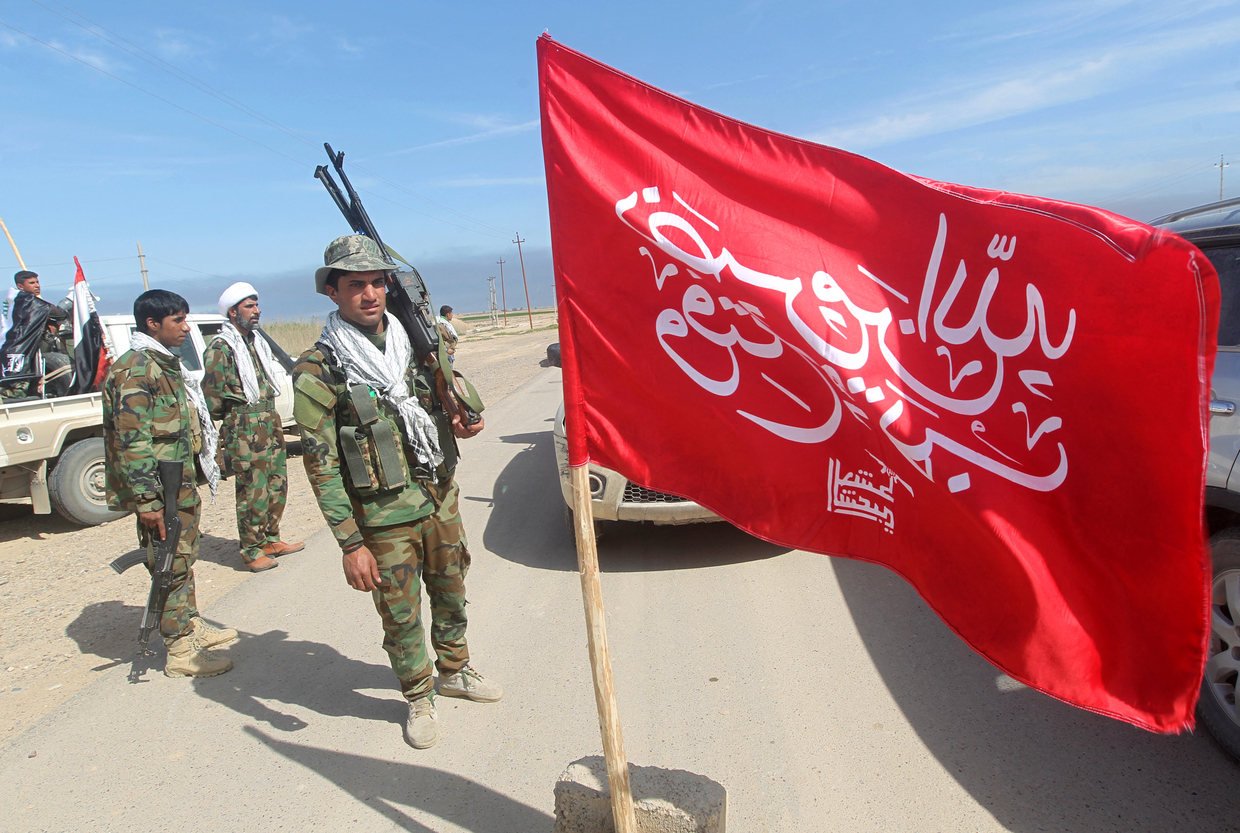
FILE PHOTO: Iraqi Shiite fighters and members of Al-Hashd al-Shaabi stand next to their unit’s flag in the village of Albu Ajil, east of the northern city of Tikrit. © AHMAD AL-RUBAYE / AFP
The need for such an organization arose after the city of Mosul was captured by Islamic State (IS) terrorists in June 2014. At the time, 1,500 terrorists forced thousands of soldiers to flee the city. Prior to this, IS terrorists had captured the cities of Hit, Fallujah, and most of Anbar province. It became obvious that the Iraqi Army was not able to cope with IS. At that time, Iraq’s government decided to integrate the militia into the country’s security services, and Iraq’s Ayatollah Ali al-Sistani issued a ‘fatwa’ on the “righteous jihad” against IS on June 13, 2014. He called on the people of Iraq to take up arms and defend “their country, their people, and their shrines,” and to join the security service. The fatwa strengthened the authority and legitimacy of the Popular Mobilization Forces. In light of the threat posed by IS, intra-Shiite competition subsided and Iran’s influence in Iraq grew.
In June 2014, the city of Tikrit was captured by terrorists and 1,700 military personnel were brutally executed (this is known as the Camp Speicher massacre). The shocking footage quickly spread on social media, and the Popular Mobilization Forces gained public support which increased even more after the fighters managed to push IS out of Tikrit. In April 2015, the city was liberated.
The fighters from the Popular Mobilization Forces were assisted by the IRGC’s Quds Forces, led by Iranian General Qassem Soleimani. To this day, the Popular Mobilization Forces continue to maintain close military, intelligence, and financial ties with Tehran. It became a legal organization at the end of 2016, when the Iraqi parliament legislated for its status. The Interior Ministry listed more than 67 different brigades, which belonged to the umbrella organization. It is important to note that not all brigades are Iranian proxy forces. However, the Badr Organization and Kataib Hezbollah are considered the most authoritative pro-Iranian groups.
By 2019, the Popular Mobilization Forces included both fighters who were oriented towards Iran and those who recognized the authority of Ayatollah al-Sistani.
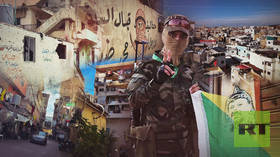
Read more
The Badr Organization
This group came into existence a long time ago. During the Iran-Iraq War, it helped Iran fight against Saddam Hussein. Hadi al-Amiri – the organization’s leader and experienced field commander – was one of the few people whom IS militants truly feared in 2014. Al-Amiri publicly declared his support for Iran. In 30 years, he had come a long way – from a guerrilla fighter who took part in the Iran-Iraq war on the side of Tehran, to a military commander in charge of one of Iraq’s best Shiite brigades. He also served as the Iraqi transport minister. Al-Amiri had gone from a national traitor to an Iraqi hero who was considered a key figure in the fight against IS.
In 2019, the US accused al-Amiri of attacking the US embassy. The attack was a response to US air raids on the militia bases of Kataib Hezbollah, which is allied with Iran.
Kataib Hezbollah
The Iraqi branch of Hezbollah, formed in 2003, has up to 30,000 fighters. Like the Badr Organization, Iraq’s Hezbollah publicly supports Iran, and is oriented towards the Islamic Republic and its supreme leader both spiritually and politically. The group took an active part in resisting US forces during the Iraq War. It also fought against terrorists on the side of Syrian President Bashar Assad. According to some reports, Kataib Hezbollah fighters are trained by instructors from the Quds Forces, which are part of Iran’s IRGC.
The US believes that the recent attack in which three US soldiers were killed on the Jordan-Syria border was carried out by Kataib Hezbollah. The Pentagon publicly declared this. Meanwhile, the militants have claimed responsibility for more than 150 attacks on US troops since the start of the war in Gaza in 2023.
The group used to be headed by Jamal Jafar Ibrahimi, better known as Abu Mahdi al-Muhandis, who came from Basrah, Iraq. However, he died on January 3, 2020 as a result of a US airstrike near Baghdad Airport. The legendary Iranian general, the head of the Quds Force, Qassem Soleimani, was also killed at that time. Al-Muhandis was Iraq’s deputy national security adviser, a member of the Iraqi parliament, and the deputy head of the Popular Mobilization Forces.
In addition to the above-mentioned groups, which operate under the auspices of the Popular Mobilization Forces, we may also note the Iraq-based militant groups “Imam Ali Brigades,” “Harakat Hezbollah al-Nujaba,” and “Saraya al-Khorasani.”
Iran’s influence in Syria
It would not be an exaggeration to say that, during the war against terrorists that began in 2011, Iran, along with Russia, played an important role in saving Syria. From the start of the conflict, Iran sent volunteer fighters, military equipment, medicine, fuel, and ammunition to Syria. Tehran opened a line of credit and allocated huge funds to support the government in Damascus. This helped Assad hold out until 2015, when Russia’s Air Force came to the aid of Syria and radically changed the situation at the front.
During the war years, Iran formed many paramilitary groups in Syria that helped the Syrian Army. However, Shiite militias in the country preserved their independence and were never directly subordinate to the official command of its army.
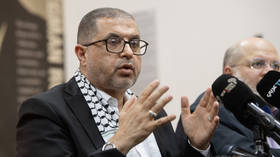
Read more
Liwa Abu al-Fadhal al-Abbas (LAFA)
The Al-Abbas Brigade is closely linked to the Syrian Republican Guard and was named after Abbas ibn Ali – the son of the Shiite Imam Ali. The brigade was formed in 2012 with a specific goal – to ensure the safety of the Sayyida Zeinab mosque in Damascus and other holy sites in Syria revered by Shiites.
Reliable sources claim that the brigade is divided into smaller groups, named after the 12 Shiite Imams, and consists mainly of Iraqi, Lebanese, and Syrian Shiites. Initially, there were about 500 fighters, but in 2013 the number of volunteers increased to 10,000. All fighters completed a 45-day training course in Iran, during which they were trained to use weapons such as grenade launchers, Kalashnikov assault rifles, and sniper rifles.
The Fatemiyoun Brigade
This group was officially formed in 2014. It mainly includes Shiites from Afghanistan, known as the Hazaras (which make up around 10% of the country’s overall population). The fighters are recruited from among the millions of Afghan refugees who live in Iran. In Afghanistan itself, the brigade is known as “Hezbollah in Afghanistan.”
In this way, Tehran recruited Afghans to protect the interests of Syria and the Syrian government, which, throughout history, has been loyal to the Islamic Republic. According to certain information, the Fatemiyoun Brigade is mostly made up of the Army of Muhammad – a Shiite militant group formed during the Soviet-Afghan war. These militants had also fought against the Taliban. The brigade is divided into smaller units. For example, the group includes the Abuzar Brigade, which consists entirely of Afghan militants.
According to the US Institute of Peace (USIP), Fatimiyoun militants are generally between 17 and 35 years old. Shiism isn’t the only motivation for joining the brigade – many fighters face economic problems and are vulnerable due to their migrant status. The report says the militants are often recruited from the same village or workplace – this encourages them to watch over each other and operate more effectively at the front.
The Fatimiyoun Brigade under the command of IRGC officers took part in Assad’s offensives. It fought in the Syrian cities of Homs, Aleppo, Deir ez-Zor and Idlib. The brigades possess modern Russian T-90 tanks. According to various sources, they have between 10,000 and 20,000 fighters. However, this information dates back to 2017, since Iran reduced the number of fighters following the victory over IS. The youngest and oldest fighters, as well as those who violated discipline, were the first to be demobilized. Today, the brigade is no longer active, but experts believe that, if needed, Iran could call up to 40,000 trained fighters at any moment. At least 10,000 of them possess combat experience.
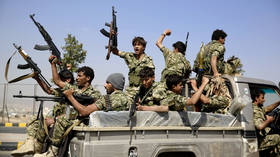
Read more
The Zainebiyoun Brigade
This group mostly includes Pakistani Shiites (from the Kurram and Balochistan regions). The name of the unit refers to the main Shiite shrine in Damascus, which was barbarically attacked by IS militants in 2013. After this incident, the region started actively mobilizing Shiite militants. The Pakistani brigade numbered between 2,000 and 5,000 fighters. It was often spotted near Damascus, as well as near Aleppo and Idlib, and has participated in the Syrian Army’s offensives. The IRGC was also responsible for the training and financing of the Zainebiyoun Brigade.
Paradoxically, experts believe that the brigade is one of the least known and poorly studied Shiite armed groups that operated in Syria under Iranian command.
One of the last Pakistani Shiites to die in Syria was Zaki Mohammad Abbas. He was buried in the city of Qom in Iran, which the Shiites consider holy. Little is known about Abbas – his name may be a pseudonym, and his place and year of birth, occupation, as well as the location and circumstances of his death in Syria remain unknown.
In an interview with Panjereh on June 23, 2016, Zainebiyoun’s chief commander, Seyyed Abbas Mousavi, stated that the main reason for the group’s mobilization was the threat to Shiite pilgrimage sites in Syria. He said that Pakistani Shiites wanted to “rush to the defense of the shrines” and take part in the “apocalyptic battle against terrorists.”
According to Mousavi, “Iran is the main center and command headquarters of this war.” The commander also said Pakistani Shiites had written a letter to Supreme Leader Ayatollah Ali Khamenei, asking for permission to fight in Syria, to which Khamenei verbally replied: “Those who are able to fulfill their duty should do so to the best of their ability.”
Several sources claim that the Zainebiyoun Brigade is under the direct command of the IRGC.
Yemen’s Houthis
Until last year, few people talked about the Yemeni fighters from Ansar Allah. But things changed when they rose up against the US and its allies. The Houthi group was the only force in the region that dared to tell the truth about the events in Palestine and stood up for the Palestinians. On January 12, 2024, the US and UK attacked the positions of the Houthis in Yemen. This strike was a response to the blockade imposed by the Houthis on Israeli ships (as well as ships heading to and from Israel) in the Red Sea.
The Houthis are also called “Iran’s proxies,” and it is believed that Iran has transferred modern drones and missiles to Ansar Allah, which made it possible for the group to attack deep-sea targets and modern ships. However, the Houthis are a lot more independent than, for example, Iraq’s militia brigades or Hezbollah. There is no evidence that they are dependent on Iranian aid or under Tehran’s direct influence.
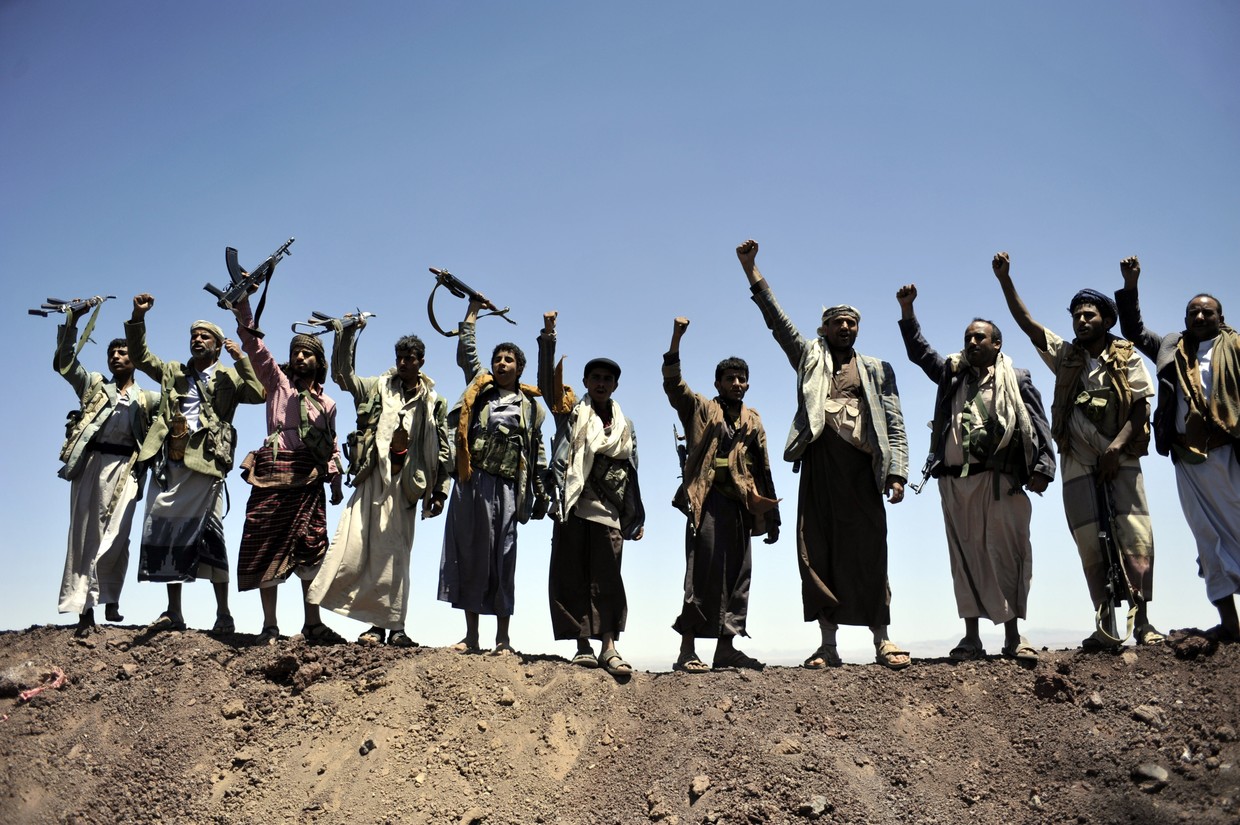
FILE PHOTO: Houthi militants after they captured the headquarters of the Sixth Military Zone following rough clashes with Yemeni government forces in northern Sanaa, Yemen. © Mohammed Hamoud / Anadolu Agency / Getty Images
Ansar Allah’s cooperation with Iran resembles a union formed on the basis of ideological and religious affinity. However, the Houthis have their own understanding of the situation in the region, as well as their own goals and methods, which we wrote about in detail in an earlier article.
Chaos has reigned in Yemen since the unification of South Yemen and North Yemen in 1990. The latest conflict began with a dispute between the Sunnis and Shiites in 2004. In Saada, a city in northwestern Yemen, the Shiites spoke out against the Sunni authorities, whom they accused of religious oppression and corruption. Naturally, Iran supported the Shiites. As a result, the religious minority demanded independence and an armed uprising began, which was headed by Hussein Badreddin al-Houthi, who was killed in late 2004. The fighters are called “Houthis” in his honor, but officially, the movement is called Ansar Allah (“Supporters of God”).
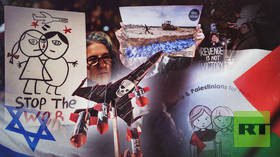
Read more
After Hussein’s death, his brother Abdul-Malik al-Houthi took over as the movement’s leader and the fighting continued. Yemen’s authorities called the Houthis a “pro-Iranian fifth column.” In response, the movement accused Yemen’s political establishment of treason and said it served the interests of Saudi Arabia’s Wahhabi religious movement. Today, we may assume that Iran and Yemen are closely tied, united by their common goal of fighting against the US and Israel. In this regard, the Houthis are also an important part of the Axis of Resistance.
Conclusion
Tehran resorts to a revolutionary approach in its foreign policy in order to improve its positions in the Middle East. This has transformed it from a peripheral power that barely survived the eight-year war with Iraq into a regional superpower with global ambitions.
Iran’s success in Iraq, Lebanon, Syria, and Yemen is a result of its long-standing support for the region’s main political forces. Moreover, Iran has a deep understanding of the cultural characteristics of those countries where the Shiites make up either the majority, or the socially and politically important part of the population.
As for Iraq, Syria, and Lebanon, we must also note the economic ties between these nations and Iran. Iraq and Iran are involved in cultural exchange – for example, Shiite scholars and religious pilgrims regularly travel between the two countries. This allows the two nations which were once at war to grow closer to each other.
Iran not only engages in the policy of exporting the Islamic Revolution, but also protects the interests of the Shiites and acts as a guarantor of their security. Iran has proven that it does not withdraw when it comes to war. At the same time, Iran promotes the pro-Palestinian agenda and the liberation of Jerusalem, which makes it popular among many Sunnis in the region.
As of today, Iran and the Axis of Resistance coalition which it heads are the only forces in the region that are ready to confront the US. Meanwhile, the Americans are losing their authority in the Middle East and becoming more despised by the local population.
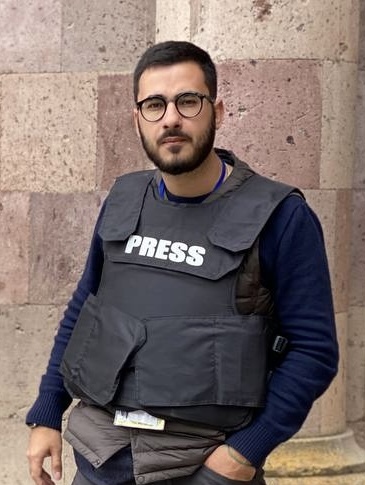
By Abbas Juma, an international journalist, political commentator, Middle East and Africa specialist
By Abbas Juma, an international journalist, political commentator, Middle East and Africa specialist
TelegramDzen
